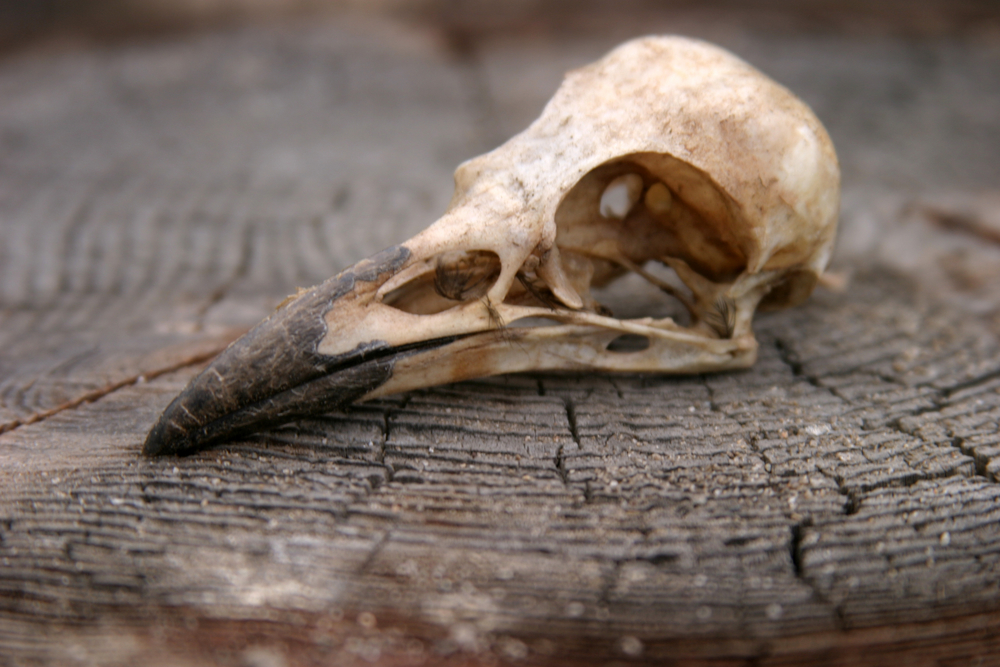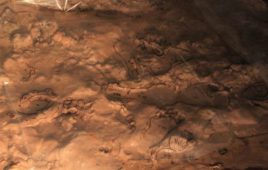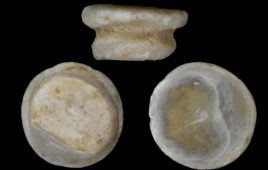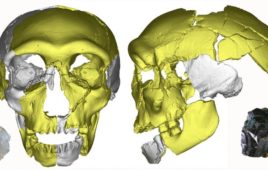
The dramatic, dinosaur-to-bird transition that occurred in reptiles millions of years ago was accompanied by profound changes in the skull roof of those animals — and holds important clues about the way the skull forms in response to changes in the brain — according to a new study.
It is the first time scientists have tracked the link between the brain’s development and the roofing bones of the skull. The findings appear in the Sept. 11 edition of the journal Nature Ecology and Evolution.
“Across the dinosaur-bird transition, the skull transforms enormously and the brain enlarges. We were surprised that no one had directly addressed the idea that the underlying parts of the brain — the forebrain and midbrain — are correlated or somehow developmentally related to the overlying frontal and parietal bones,” said co-senior author Bhart-Anjan Singh Bhullar, an assistant professor of geology and geophysics at Yale University and assistant curator of vertebrate paleontology and vertebrate zoology at the Yale Peabody Museum of Natural History.
Matteo Fabbri, a graduate student in Bhullar’s lab, is the first author of the study. “Our paper is a milestone in the way of approaching the morphological transition from reptile and dinosaur ancestors to extant birds,” Fabbri said.
Although previous studies have shown a general relationship between the brain and skull, associations between specific regions of the brain and individual elements of the skull roof have remained unclear. This has led to conflicting theories on some aspects of skull development.
Bhullar and his colleagues set out to trace the evolution of brain and skull shape not simply in the dinosaurs closest to birds, but in the entire lineage leading from reptiles to birds. They discovered that most reptile brains and skulls were markedly similar to each other. It was the dinosaurs most closely related to birds, as well as birds themselves, that were divergent, with enlarged brains and skulls ballooning out around them.
“We found a clear relationship between the frontal bones and forebrain and the parietal bones and midbrain,” Bhullar said. The researchers confirmed this finding by looking at embryos of lizards, alligators, and birds using a new contrast-stained CT scanning technique.
“We suggest that this relationship is found across all vertebrates with bony skulls and indicates a deep developmental relationship between the brain and the skull roof,” Bhullar said. “What this implies is that the brain produces molecular signals that instruct the skeleton to form around it, although we understand relatively little about the precise nature of that patterning.”
Bhullar added: “Ultimately, one of the important messages here is that evolution is simpler and more elegant than it seems. Multiple seemingly disparate changes — for instance to the brain and skull — could actually have one underlying cause and represent only a single, manifold transformation.”




